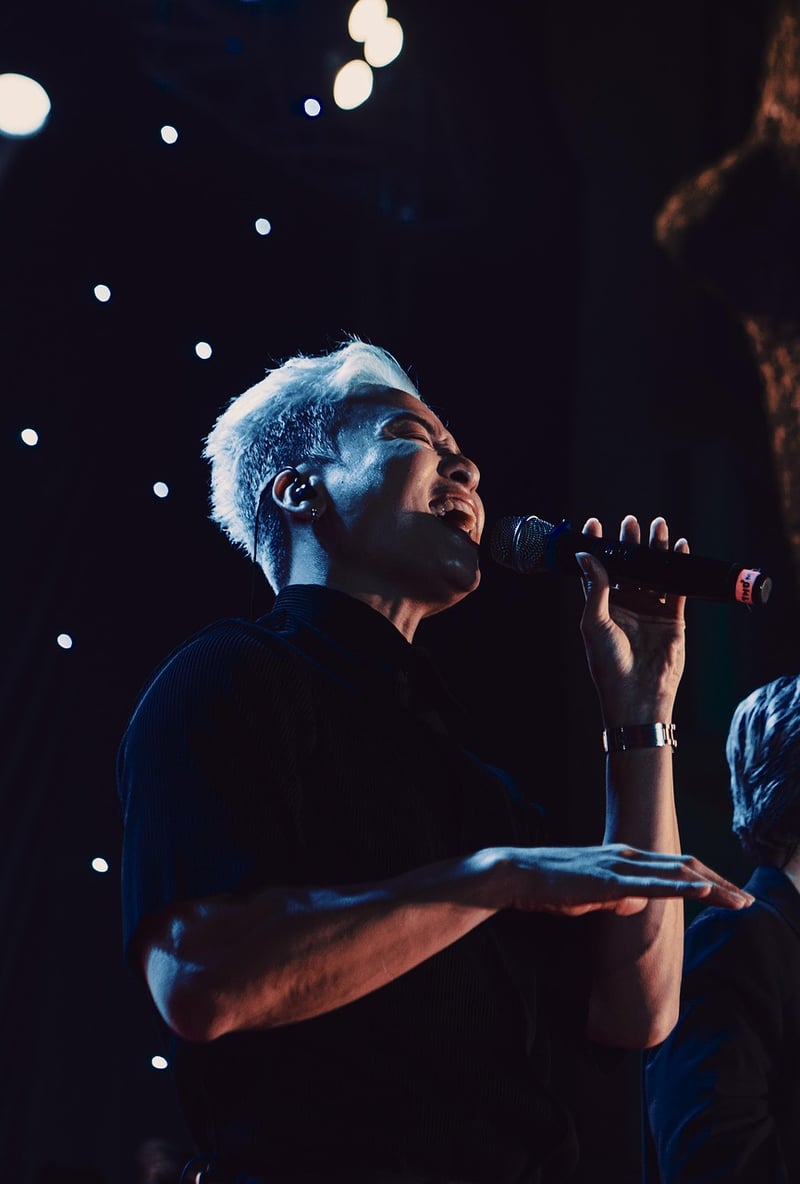Hip Hop
The Power of Expressive Movement in Hip Hop Culture

Hip Hop culture is not just about music; it's a way of life that encompasses various art forms, including dance. One of the key elements that make Hip Hop dance so captivating is its emphasis on expressive movement. From the fluidity of the body to the intricate footwork, Hip Hop dance allows individuals to express themselves creatively and authentically.
The Origins of Hip Hop Dance
Hip Hop dance originated in the streets of New York City in the 1970s and has since evolved into a global phenomenon. It draws inspiration from a variety of sources, including African, Caribbean, and Latin dance styles, as well as martial arts and gymnastics. What sets Hip Hop dance apart is its emphasis on individuality, creativity, and self-expression.
The Role of Expressive Movement
Expressive movement is at the core of Hip Hop dance. Dancers use their bodies to tell stories, convey emotions, and connect with their audience on a deeper level. Whether it's through dynamic gestures, powerful poses, or intricate isolations, expressive movement allows dancers to communicate without saying a word.
Key Elements of Expressive Movement in Hip Hop Dance
- Body Isolations: The ability to move different parts of the body independently, creating visually stunning effects.
- Dynamics: Playing with levels, speed, and intensity to add texture and depth to movements.
- Facial Expressions: Using facial expressions to convey emotions and engage the audience.
- Storytelling: Infusing movements with personal experiences and narratives to create a meaningful performance.
Embracing Individuality and Creativity
In Hip Hop dance, there are no strict rules or limitations. Dancers are encouraged to embrace their uniqueness and bring their own style to the dance floor. This emphasis on individuality and creativity allows for endless possibilities and ensures that each performance is a true reflection of the dancer's personality and artistry.
Conclusion
Expressive movement plays a vital role in Hip Hop culture, allowing dancers to express themselves authentically and connect with their audience in a powerful way. Through body language, gestures, and storytelling, Hip Hop dancers convey emotions, share stories, and inspire others to embrace their creativity and individuality.
So next time you watch a Hip Hop dance performance, pay attention to the expressive movement and the stories being told through the dancers' bodies. It's a truly mesmerizing experience that captures the essence of Hip Hop culture.
